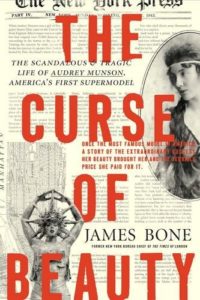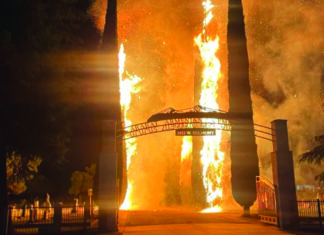 By Aram Arkun
By Aram Arkun
Mirror-Spectator Staff
SHELTER ISLAND, N.Y. — James Bone, the former longtime New York bureau chief of the Times of London, while researching a biography now published as The Curse of Beauty: The Scandalous and Tragic Life of Audrey Munson, America’s First Supermodel (New York: Regan Arts, 2016), has come across new material about Aurora Mardiganian. Mardiganian was a survivor of the Armenian Genocide who came to star in a 1918 movie called “Auction of Souls,” or “Ravished Armenia,” but ended up exploited and dying alone in poverty in the US decades later. The Aurora Prize for Awakening Humanity recently was established in her honor by the 100 Lives initiative, and the first awards were made this April in Yerevan.
Bone found a 20-part article titled “The Story of Audrey Munson,” allegedly written by the famous model herself, “the Queen of the Artists’ Studios,” and published in 1921 in the New York American and other newspapers across America. One segment, published on March 20 of that year, described the shooting of “Auction of Souls.” In one scene, a dozen actresses were filmed nude on crosses in the desert for the movie.
It was cold in the desert and it was the time of the great influenza epidemic. The article states, “When each had been assigned to her cross, she disrobed behind it, and, while the thousand extra people gazed curiously, each girl was lifted to the position of her ‘crucifixion’ and fastened in palce with concealed ropes. Until sundown, there were rehearsals, false moves, rearrangements, and mishaps – until just before the light faded the scene was finally taken.” Two days later one of the models, Corinne Gray, was stricken with influenza, and died after a few more days.
Munson was not present at the filming, but the information, it turns out, comes from a credible source, as the articles were ghostwritten by Henry Leyford Gates, who also was the scriptwriter of the movie and “almost certainly there with Mardiganian” (p. 240). Gate’s identity as ghostwriter was revealed in a lawsuit filed by Allen Rock.









